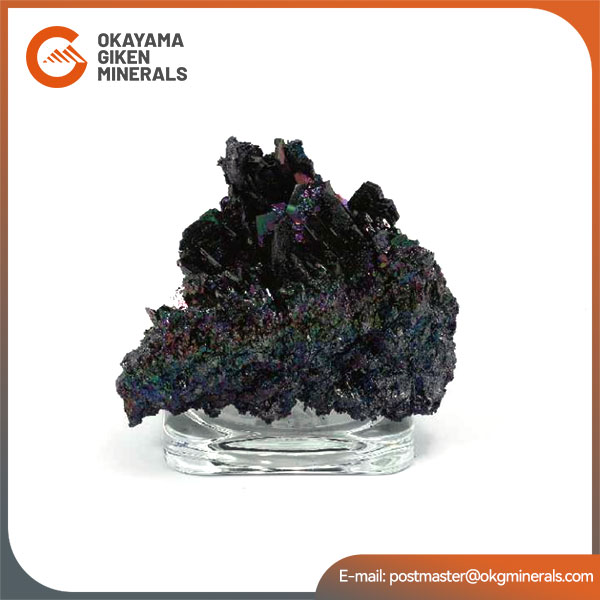
Silicon carbide can be used to make abrasives (powders). It can also be used to make refractory ceramic parts, crucibles, etc. Furthermore, it can be used to produce silicon carbide single crystals, semiconductor devices, and silicon carbide fibers, which can be combined to form high-temperature, high-strength structural ceramics.

| Feature Category | Key Performance Description |
| Structural Characteristics | Crystalline structure, possesses high packing density. |
| Purity | High purity, reaching over 90%. |
| Hardness | High hardness, maintains good inherent hardness. |
| High-Temperature Stability | Excellent chemical stability and thermal conductivity, enabling stable work in high-temperature environments; features good particle distribution. |
| Environmental Performance | Compared to other abrasives, exhibits stronger control over environmental pollution. |
1. Silicon carbide has good thermal conductivity, but it has a high elastic modulus, is brittle, and is extremely sensitive to thermal stress. Many people, believing it to be heat-resistant, throw it directly into a high-temperature furnace or remove it as soon as it's red-hot—this is a fatal mistake.
Heating and cooling rates must be slow: Both heating and cooling rates must be strictly controlled. The specific slowness depends on the size and structure of your part; large, thick-walled, and complex parts require even slower rates. I generally follow the equipment manufacturer's or process curves. If not, for standard-sized parts, a heating/cooling rate of 150-200°C per hour is a safe starting point. In critical temperature ranges (such as below 600°C), even slower rates are acceptable.
2. At high temperatures, any unreasonable stress can cause it to shatter. Avoid hard-on-hard contact: During installation, never allow it to come into rigid contact with metal or other hard materials. I will use ceramic fiber paper, gaskets, or flexible ceramic modules as a buffer layer to absorb displacement caused by thermal expansion.
3. Chemical Environment Protection
Silicon carbide is resistant to most acids and melt corrosion, but it has chemical "enemies."
Protect from alkaline environments: High-temperature alkalis, carbonates, lead oxide, etc., are the nemesis of silicon carbide. They will severely corrode the silicon dioxide protective layer on the surface of silicon carbide and react directly with silicon carbide. If your furnace gas or the materials you are in contact with contain these components, either replace the materials or conduct a life assessment under extreme operating conditions. Beware of halogen elements such as chlorine and fluorine: At high temperatures, chlorine and fluorine gases will also corrode silicon carbide.
4. Operation and Daily Maintenance
Regular Inspection: Regularly shut down the machine to inspect silicon carbide components for cracks, severe corrosion, or oxidation. Address small cracks promptly to prevent their expansion. When shutting down, use compressed air or a soft brush to clean surface dust and deposits. Avoid using a high-pressure water gun to directly wash components that are still hot. Silicon carbide parts are also very heavy. When storing them, they should be laid flat with a level base underneath to avoid internal stress, deformation, or even breakage due to their own weight or improper stacking.